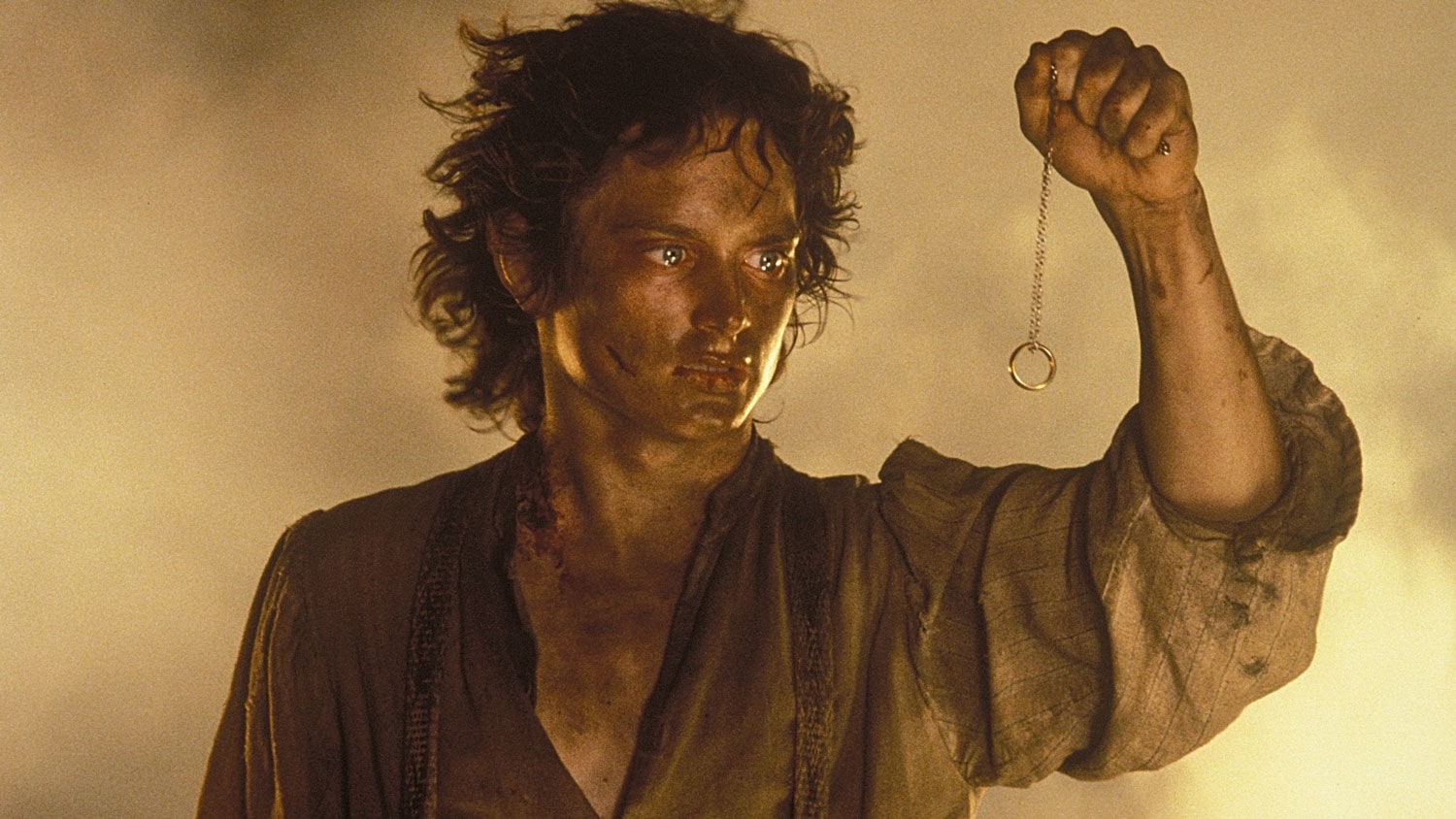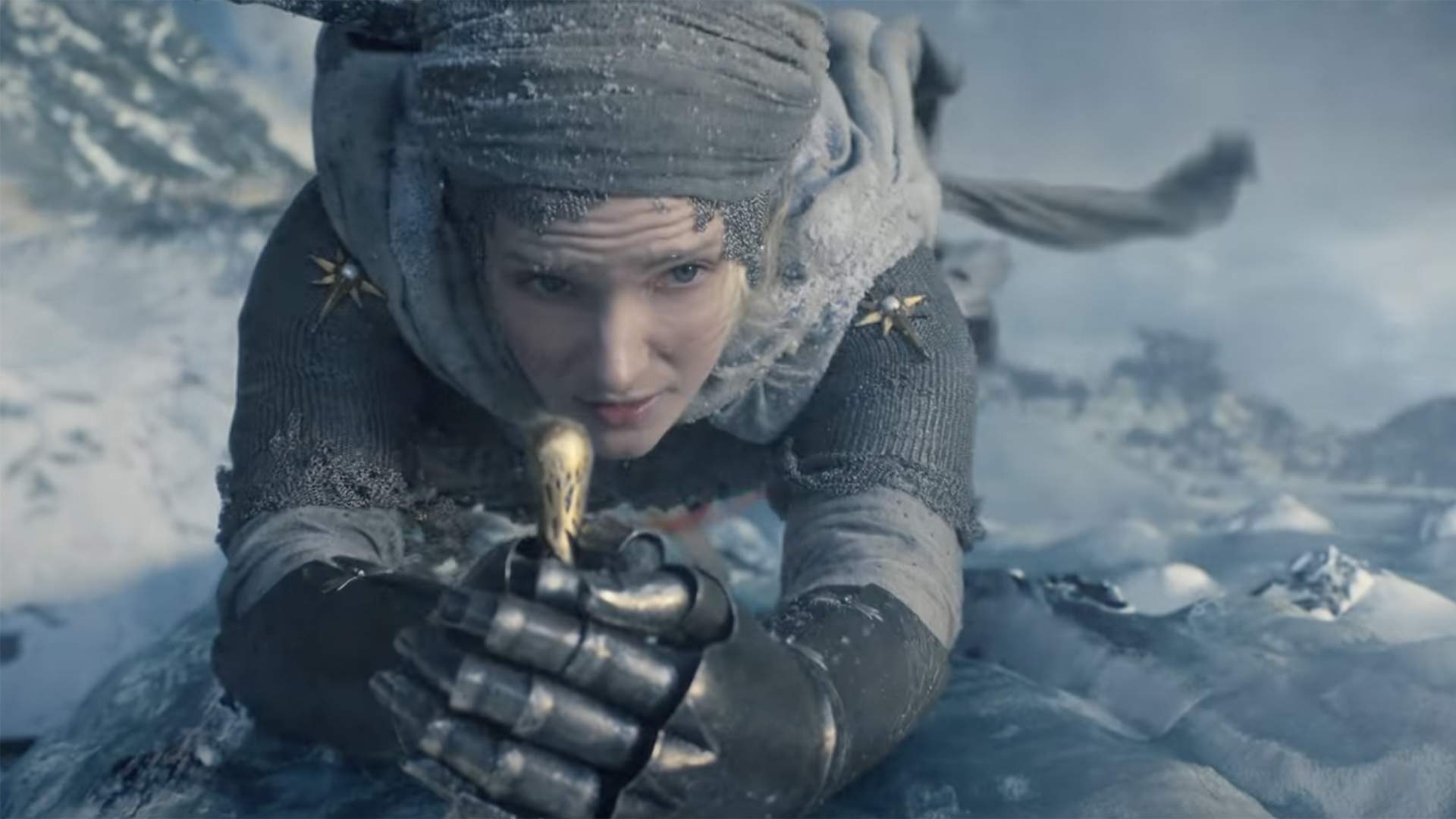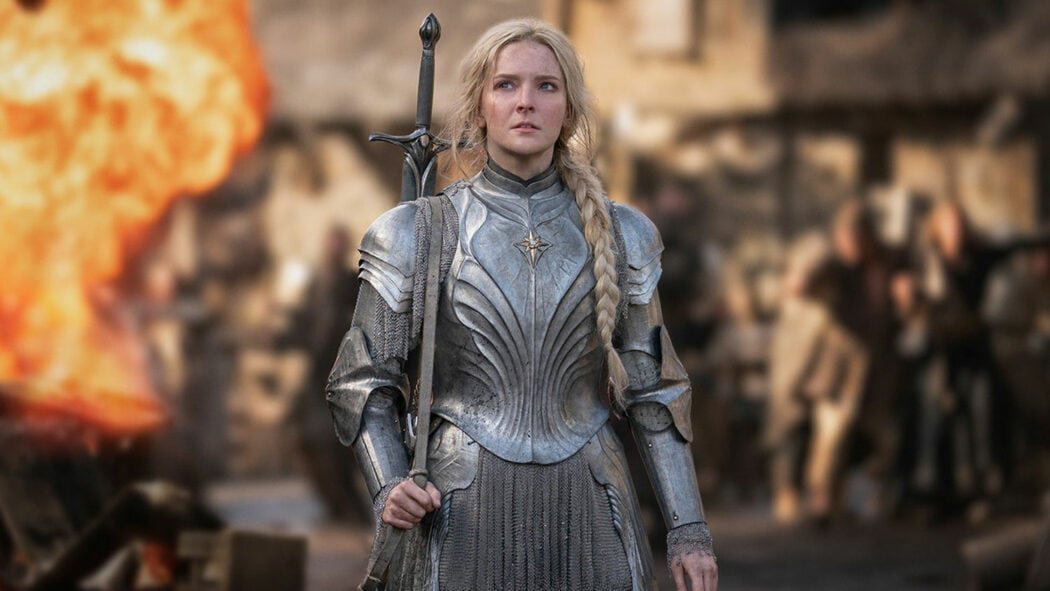There is a sense of anticipation building for Amazon Prime’s Lord Of The Rings series (Rings Of Power), which will be released in September 2022.
After the name of the series – Rings of Power – was released by the streaming platform, fans began speculating on social media on what it all meant.
While there was precious little information in the promotional video – beyond a focus on the rings of power – that doesn’t deter Tolkien experts from analysing every frame of the clip to come up with some strong hypotheses. Below, we want to dive into that.
First, however, if you want some of the technical details of the series, such as who is slated to direct and star in Rings of Power, Small Screen covers that here.
Our goal is to look beyond the cast and series details by exploring what Rings of Power could mean through the context of the Tolkien legendarium.
In short, we want to discuss we know about where Rings of Power will fit in Tolkien’s universe.
The short answer to all that is Rings of Power will take place in the Second Age of Middle Earth (spoilers ahead), starting with the establishment of Númenor, the forging of the great rings, Sauron’s unmasking and rise to power in Middle-Earth, the Downfall of Númenor, and culminating in Sauron’s defeat by the Last Alliance.
You saw a glimpse of the latter in the prologue to Peter Jackson’s Fellowship of the Rings.
Wiggle room for scriptwriters

Credit: New Line Cinema
Read more: Amazon Is Officially Making A Lord Of The Rings TV Show Which Will Be A Prequel
Now, those few lines above summarise a period of 3,441 years. So it’s a bit like saying you are setting a television series on earth circa 1400BC – 2000AD. While Tolkien’s world has, of course, some very long-lived characters, the point is that we are talking about a very long time period, where a lot of stuff happens.
Perhaps what is important here is to what extent the series producers follow the linear path of Tolkien’s canon or whether they veer off to fill in the blanks.
While the Second Age went on for over 3,000 years, Tolkien only gives us glimpses into it; signposts, if you will.
There is not the dialogue or character building that you will find in the Lord of the Rings books.
We know what Isildur, Ar-Pharazôn, Sauron, and Celebrimbor did in the Second Age, but we do not know in many cases how they did it, or what their character traits were like.
This will leave many blanks to fill for the producers and scriptwriters, and it will allow them to go down many untrodden avenues.
Tonally, Tolkien’s works have much in common with Norse mythology.
Those legends fathered Tolkien’s works, as well as everything from Marvel’s Thor to a Norse-themed Thunderstruck slot or God of War video game.
Elves, orcs, dwarfs, and dragons all issued from Norse legend, with Tolkien formatting them to something akin to what we know today.
He didn’t create high fantasy or set all the rules for it, but he created a codex for many to follow.
That gives interpreters some freedom of expression when translating to movies or television.
New female characters should be created

Credit: Amazon Prime Video
Read more: Amazon’s Lord Of The Rings TV Show Adds 20 Actors To Its Cast
In today’s climate, it is probably best that there is a sense of freedom when exploring the Second Age.
As many critics have pointed out, Tolkien wasn’t so strong in writing female characters with a lot of depth.
Galadriel is expected to appear in Rings of Power (she’s rumoured as a major character), and while she isn’t being shoehorned into the Second Age (she’s a ripe age and was around then), there isn’t a huge amount of information on her deeds in that era.
Other female characters will likely be created specifically for the show, which Tolkien purists will likely be upset about.
However, beyond being the right thing to do in 2022, there are many blanks to fill in during the Second Age, so why not create interesting female characters? The scope is certainly there.
And that, perhaps, is the point.
We know that the five seasons will cover the Second Age, but we also know there is no Tolkien book that covers the Second Age from start to finish, providing a linear story complete with dialogue and detailed character info.
We know about it in snippets from The Lord of the Rings, The Silmarillion, and other notes compiled by Tolkien and organised and published by his son, Christopher.
We should not criticise Amazon Prime for creating new stories and characters, because Tolkien left a lot of wiggle room to do that.
The good news is that Tolkien has provided enough intriguing signposts to ensure that the scriptwriters don’t veer off course completely and disappoint fans in the vein of the Game of Thrones finale.
If, as expected, it climaxes with the War of the Last Alliance, then that’s the perfect conclusion that will allow the five seasons to build towards an epic finale.
Prequels sometimes have a built-in problem in that the audience knows what comes next; they can feel inconclusive.
But there is enough here to not fall into that trap. It should be a grand conclusion.
The task for the producers, though, is to keep us all gripped along the way.
What do you make of this story? Let us know in the comments below or on our Facebook, Twitter or Instagram pages!
And if you enjoy listening to film podcasts, why not check out our podcasts, Small Screen Stories and Small Screen Film Club wherever you get your podcasts!

















There are no comments
Add yours